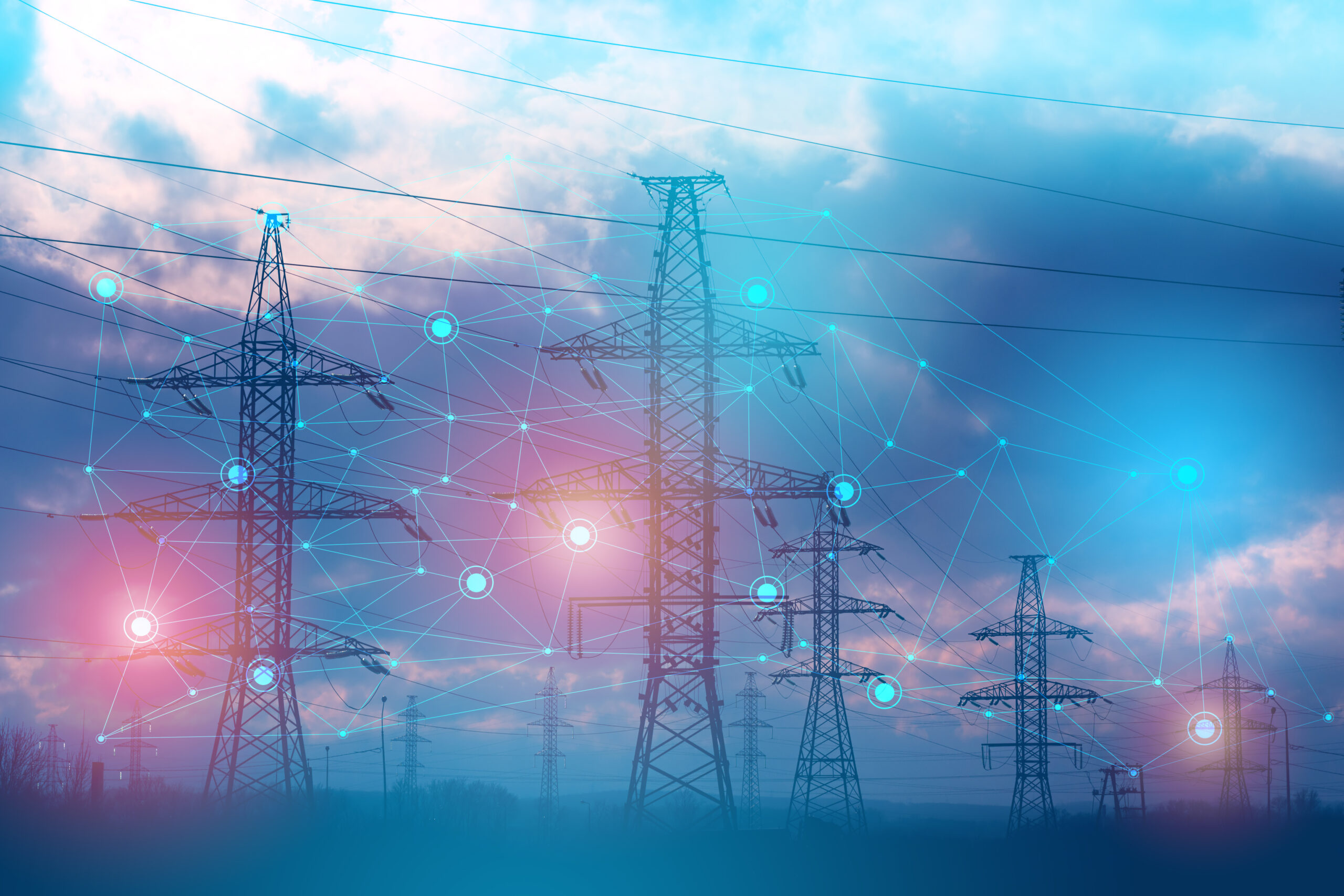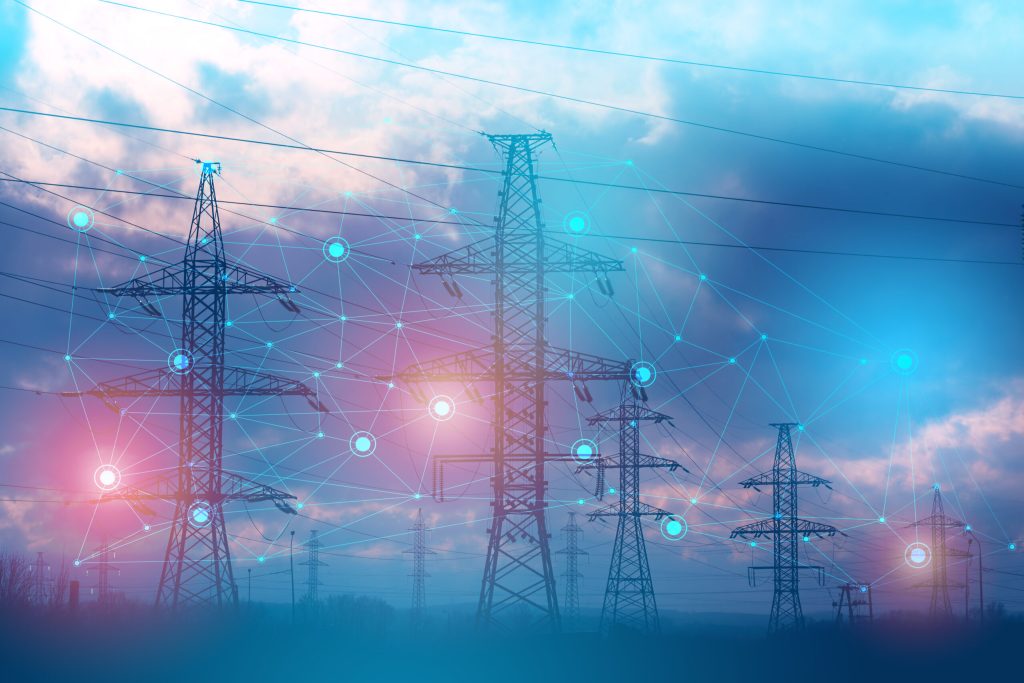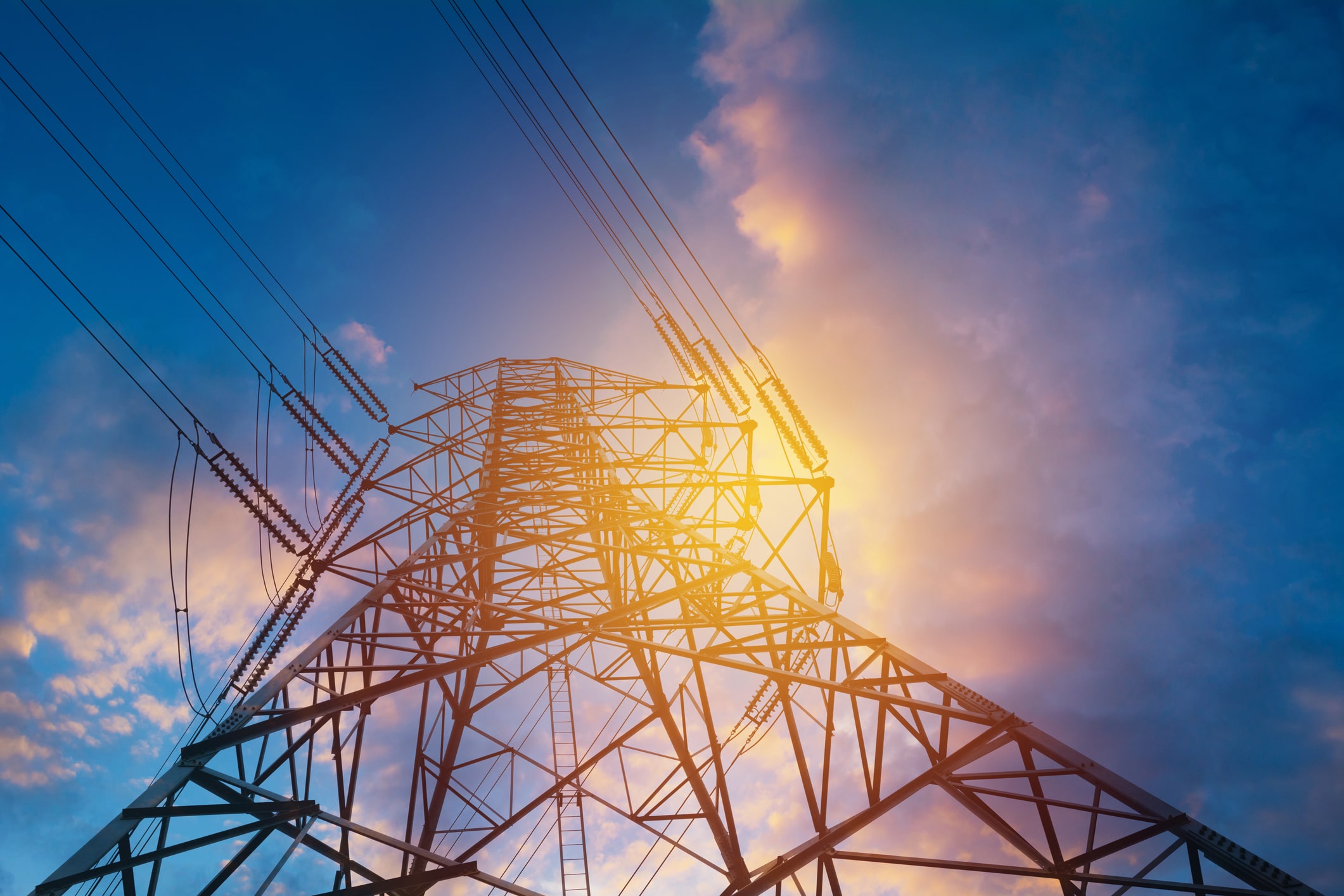Next Steps: TRC Can Help
Operating at the forefront of innovation, TRC specializes in enabling energy businesses with AI innovation. We have cultivated specific processes, patterns and packages based on deep experience working with utility clients. Whether augmenting staff or outsourcing capabilities, customers gain cutting-edge expertise in deploying cloud services, data pipelines and custom-trained models. Our customer-centric culture allows us to offer leading solutions tailored to organizational needs and goals. We maintain a track record of delivering projects on time and on budget, continuously communicating and collaborating with our clients throughout the lifecycle. As a world leader in utility AI solutions, we offer:
- Deep expertise in secure AI, cloud and emerging technology
- Track record of successful cutting-edge projects
- World-class experts with experience across industries
- Technical GIS, open source and industry knowledge
- Packages, patterns and best practices to accelerate deployment
To learn more about how AI delivers value to utilities, contact us today.




